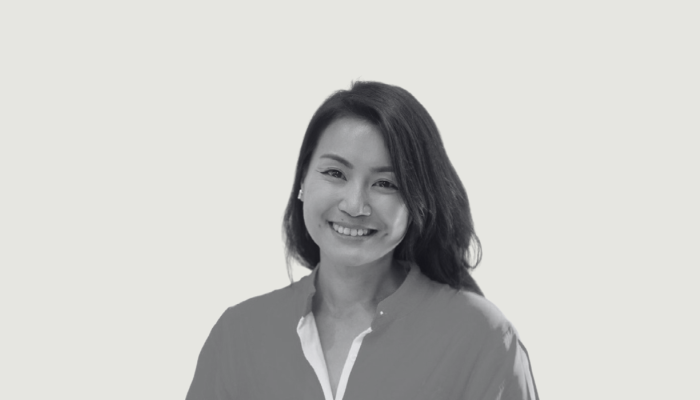Director of Neuro-Insight UK, Heather Andrew, introduces us to the 'creation' and 'judgement' networks in our brain and why we need more daydreamers in business
In most areas of business a high value is placed on creativity, and there’s plenty of evidence about the value of innovation and new ways of thinking. But as individuals, and as an industry, we also tend to identify with and value those people who look, think and behave like ourselves. This can present something of a conflict.
There’s a growing body of evidence to suggest that creativity is often associated with traits that are undervalued in the workplace, suggesting that marketers who have the bravery to overlook these could be tapping into an important source of competitive advantage.
The founder and global chairman of Neuro-Insight, Professor Richard Silberstein, has spent many years studying brain response, and some of his recent work has focused on how creativity works in the brain. A recent paper in the journal, Brain and Behaviour, sets out some of the findings from this work* and a few key points from this work form the basis of the discussion below.
A number of influences impact our ability to think creatively. The stimulus presented, immediate environment and neuro-biology of the individual in question can all have an effect but, more fundamentally, creative thinking involves two distinct sets of processes in the brain.
The first - a ‘creation network’ or ‘default mode network’, is responsible for surfacing original ideas and often works by weaving multiple concepts together at varying degrees of randomness – a lot of idea generation techniques use approaches like the collision of ideas to exploit this effect.
But there is also a second network in the brain that also plays an important role – the ‘judgement’ or ‘retention’ network. This is responsible for the subconscious assessment of ideas as they arise and determines their value based on their suitability to solve a problem. This judgment network tends to apply strict criteria for the acceptance of ideas, and the net effect can be that ideas with great creative potential are dismissed by the brain before ever being articulated.
Crucially, each network functions best in different environments. The creation network, for example, often works best when we are relaxed and not necessarily trying to solve a problem. The judgement network tends to be more active when we are consciously addressing a problem or when external scrutiny comes into play, as we use it to test and compare our ideas for viability.
Whilst we often strive to build opportunities for creative thinking in the workplace, the default for many organisations is to create an environment in which the judgement network is likely to thrive. As a result, marketers and organisations who have the bravery to look beyond conventional recruitment processes and ways of thinking could well benefit from a greater level of creativity in their operations.
For example, there is growing evidence to suggest that conditions like ADHD can be closely associated with the brain processes associated with creativity.
Specifically, ADHD symptoms are now thought to be a consequence of an overactive default mode network intruding during external task performance – this can be manifested as, for example, daydreaming.
In a conventional environment this is frowned upon and discouraged, but in fact many highly creative and successful individuals have exhibited exactly the behaviours associated with ADHD. Whilst recognizing the very real difficulties that ADHD can bring there is, in a broader sense, a danger that we have pathologized a valuable thinking style and avoided individuals who think differently to ourselves – losing out on a potential source of creativity.
* Silberstein, Camfield, Nield and Stough: Gender differences in parieto-frontal brain functional connectivity correlates of creativity. Brain and Behaviour, 2019
Specifically, ADHD symptoms are now thought to be a consequence of an overactive default mode network intruding during external task performance – this can be manifested as, for example, daydreaming.
Heather Andrew is Director of Neuro-Insight, an agency that uses neuroscience to maximise the impact of your ideas. https://neuro-insight.com/
This article first appeared in issue 1 of new members-only Marketing Society publication EMPOWER. Members can read the issue here. If you've forgotten your login details please email our Editor.



